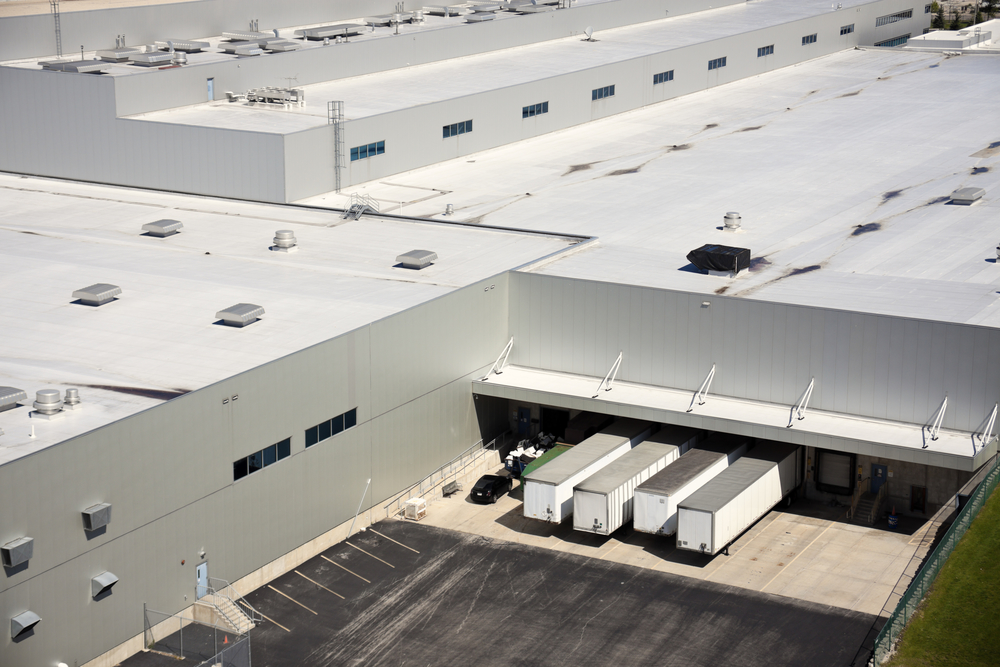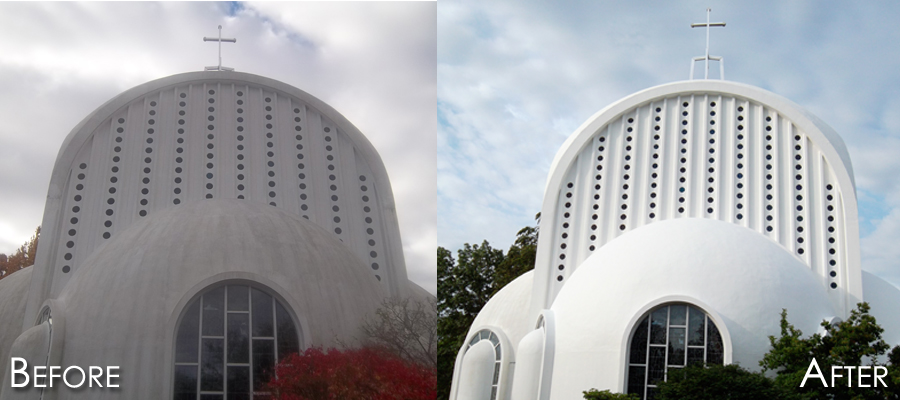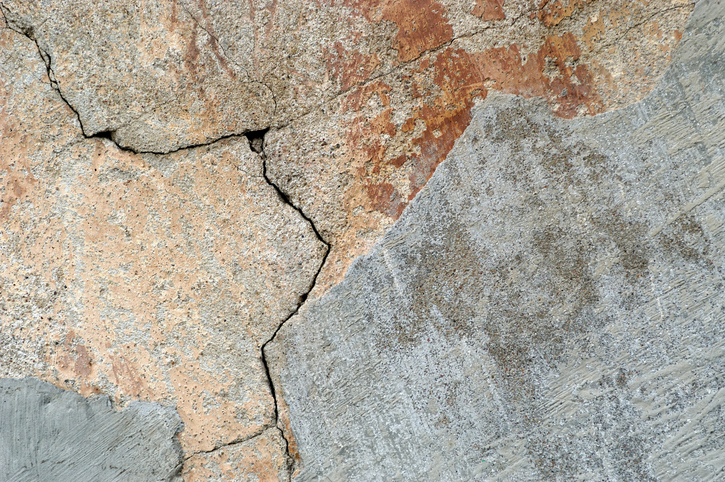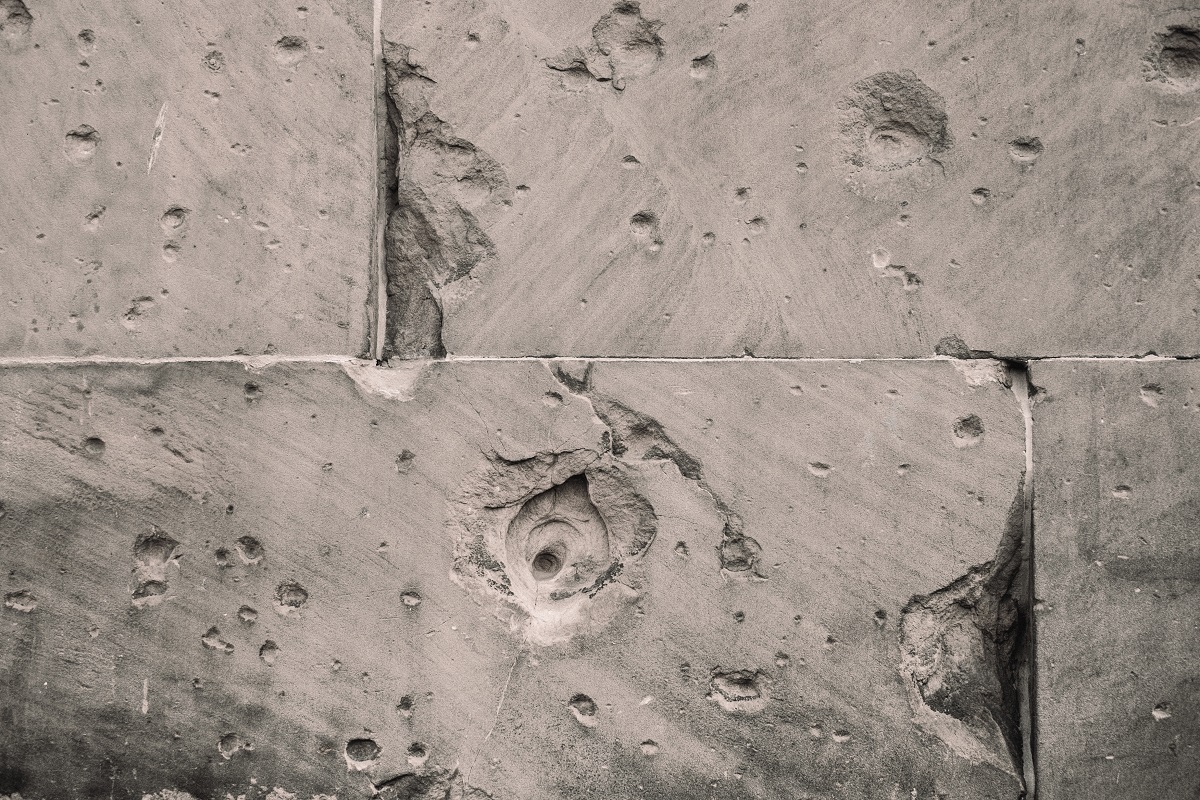
Concrete’s Place in Time
While it’s true that use of components similar to modern concrete can be traced back over 3300 years, the science behind its design and application is ever-evolving. Viewed from this perspective, you could reasonably argue that concrete construction ranks among the most technologically-advanced building methods.
The Earliest Concrete-Like Materials
To truly understand how far concrete science has come, let’s start by taking a brief look back at the history of concrete construction. It begins around 1300 B.C., when the Bedouin tribes of the Middle East took the first steps toward modern construction by building homes supported by rubble walls and concrete floors, and featuring subterranean concrete cisterns. They began by coating their structures with burned limestone, which they discovered would harden when exposed to the air. This early form of cement was later advanced by introducing fine silica sand to make the final coating waterproof, thus allowing them to store water and thrive in the harsh desert environment.
While cement plays an important role in the history of concrete construction, it’s important to differentiate it from actual concrete. Cement is actually a component of modern concrete, with the introduction of other composites being required to help make the concrete capable of offering unique performance characteristics customization to each job.
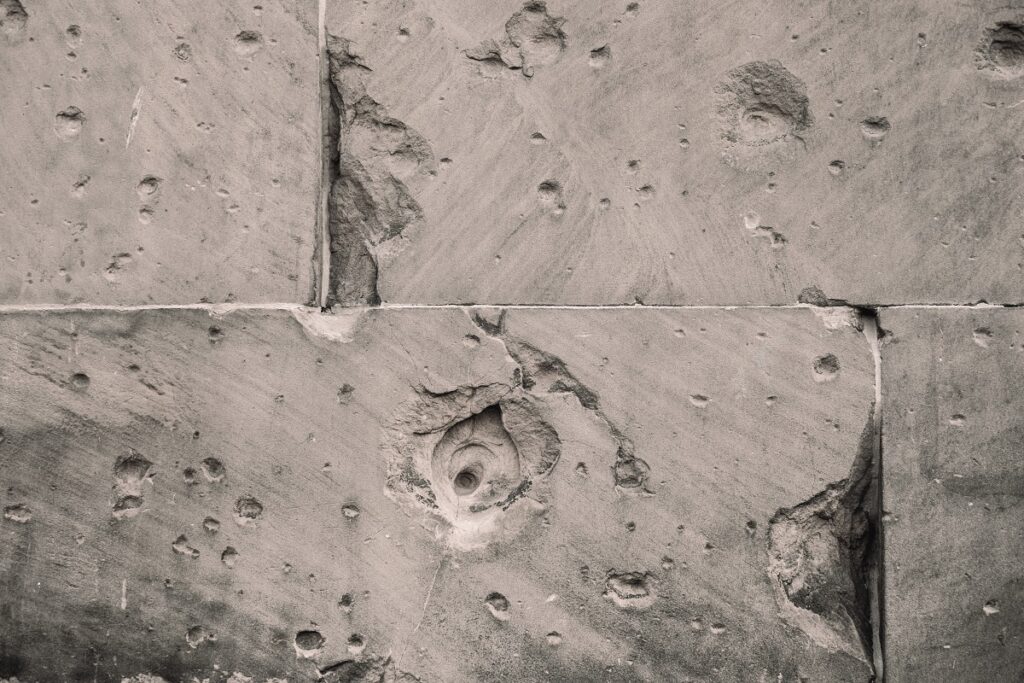
Ancient Egyptians and Roman Innovation
The Egyptians furthered the use of concrete-like materials in the building of the pyramids, using over 500,000 tons of mortar in the construction of the Great Pyramid at Giza alone. At the same time and over half a world away, the Chinese were also supporting their structures with a uniquely-designed mortar that incorporated rice. However, it wasn’t until the Romans began to conquer and establish settlements throughout Europe, Africa and the Middle East that modern concrete construction began to proliferate world. In fact, the fall of the Roman Empire set modern building strategies back for nearly a millennia. It was only through the discovery of ancient Roman manuscripts in the early 1400s that the use of concrete began in earnest once again.
Modern Uses
The cement mixtures used in concrete continued to evolve throughout the Renaissance and even into the early 1900s until a standard was established for the composition of modern cement in 1913. Today, concrete continues to be a primary building material used in the construction of:
- Roads and infrastructure
- Commercial and residential buildings
- Cathedrals and churches
- Hydroelectric dams
As the science supporting concrete has shown to be fluid, those who work with it are constantly educating themselves on the most up-to-date best practices and technologies, including the most innovative polymers and application techniques. The team at Atlantic Restoration remains committed to this continuing education in order to stay on the cutting edge of the industry. To start a new project with help from the expert team at Atlantic Restoration, call today at 617-622-5946.
Contact Us
continue reading
Related Posts
Maintaining a reliable, sturdy roof and scheduling any necessary roof […]
When you are in the property management business, it is […]
Cracks in Concrete You’ve heard it all before: cracks in […]

